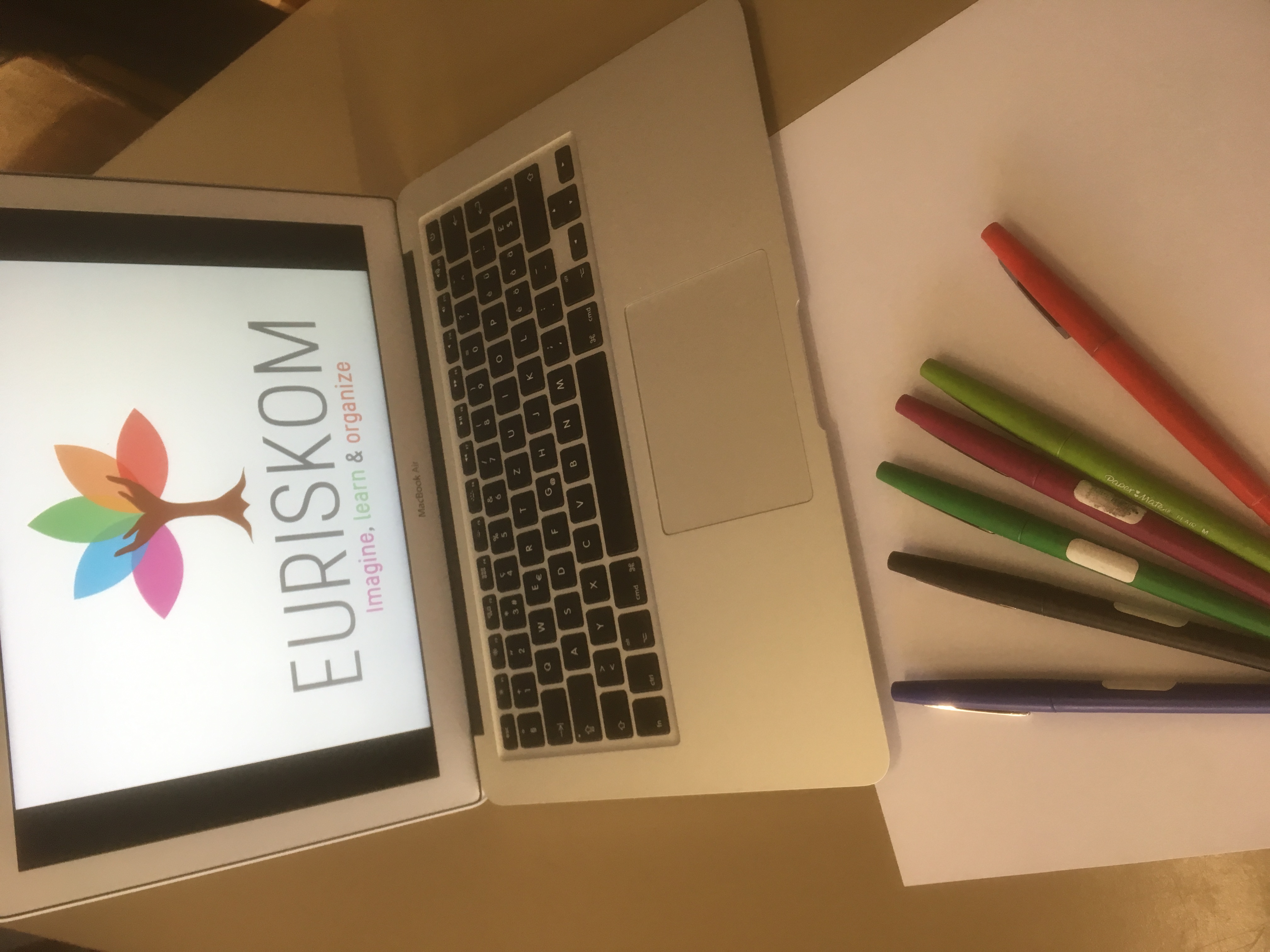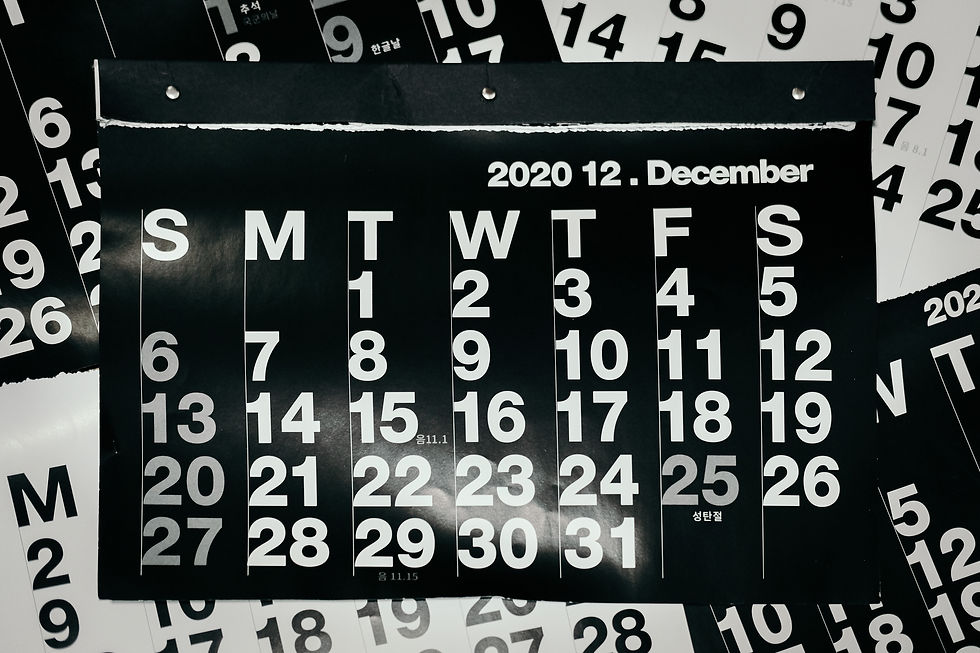Consistency in Dashboards: Because You Deserve Better Than Design Whiplash
- JP Favre

- Apr 12, 2023
- 3 min read
Consistency is essential !
As a Data Artist, I've seen my fair share of inconsistent designs that make users want to pull their hair out. It's like trying to navigate through a maze blindfolded - not a fun time.
But fear not, my dear reader, because consistency is the secret sauce to creating a user experience that doesn't leave people scratching their heads. Think of consistency as the glue that holds everything together, like a well-organized closet that makes it easy to find your favorite pair of shoes.

So, if you want to design dashboard or services that users will love, make sure to keep consistency in mind. Because let's face it, nobody likes a confusing and unpredictable user experience. It's like trying to dance to a song with no beat - not a pretty sight. I can tell you that when i doing the wireframes exercises with client, i am always trying to have a strong attention to consistency.
DEFINITION
The consistency principle is a design principle that states that the design of a system, such as a dashboard, should be consistent in order to make it easier for users to understand and use.
This principle is based on the idea that people find it easier to learn and understand things when they are presented in a consistent manner, and that inconsistency can create confusion and make it more difficult for people to use a system.
Simple yes.. but i can tell you that it is not always the case with dashboard.
3 WAYS TO CREATE CONSISTENCY
LAYOUT
One way to apply the consistency principle in your dashboard is to use a consistent layout for all of the elements on the page. This means using the same fonts, colors, and sizes for all of the text and graphics on the page, and arranging the elements in a consistent manner. For example, you might have all of your data labels on the left side of the page, and all of your data visualizations on the right side. This will make it easier for users to quickly locate the information they are looking for, and will help them to better understand the data on the page.

NAVIGATION
Another way to apply the consistency principle in your dashboard is to use consistent navigation elements. This means using the same types of buttons, menus, filters and other navigation tools throughout the dashboard, and placing them in the same locations on each page. This is real key in your job as dashboard designer, for example the filters. I have seen filter in different format, different color, different position… in the same dashboard. By doing this, you will confuse your user. So, once again, consistency in your filters is also essential. This will help users to easily find their way around the dashboard, and will make it easier for them to access the different pages and features of the dashboard.

FORMAT
Finally, you can apply the consistency principle in your dashboard by using consistent data formats and units of measurement. This means using the same types of data formats, such as numbers, dates, or percentages, for all of the data on the page, and using the same units of measurement, such as dollars, for all of the data that is related to a particular subject. This will make it easier for users to compare the different data points on the page, and will help them to better understand the information that is being presented. Maybe you will think that, the format is such a basic point so everybody is doing it.. well not really, i can tell ;) i have seen a great example last week with one dashboard : 3 charts showing some dates and guess what 3 types of format.
chart 1: 02_2022, chart 2: Feb, chart 3:Feb_2022. As a user, i can tell that even this small details can be really confusing. If you are not designing with consistency in your mind, you are making it harder for your audience. .

CONCLUSION
In conclusion, the consistency principle is an important design principle that can be applied to your dashboard in order to make it easier for users to understand and use. By using a consistent layout, consistent navigation elements, and consistent data formats and units of measurement, you can help users to quickly find the information they are looking for and to better understand the data on the page. By doing this, you will also increase the usability. A dashboard that’s more usable attracts more traffic towards it, so it’s good for you as well as a dashboard designer.
Achieving visual consistency between design elements on your dashboard can help you in highlighting the most important part of your dashboard in a clear and concise manner. This will also please your user in terms of usability. This will improve the overall usability of your dashboard and make it more effective at helping users to make better decisions. Be consistent, be consistent, be consistent
JP




Comments